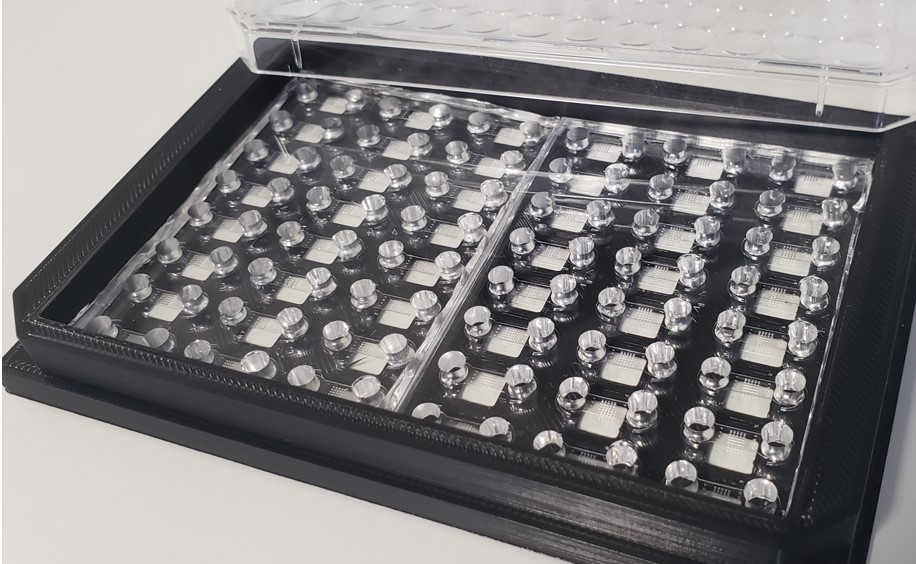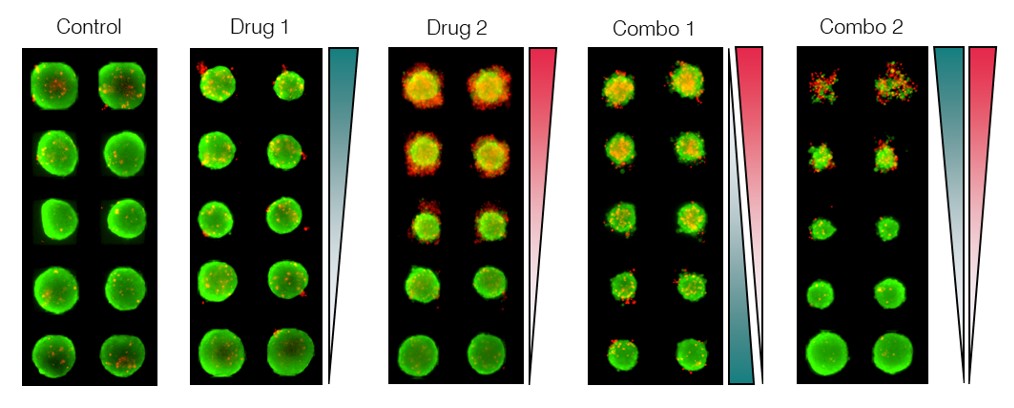ScreenIn3D develops lab-on-chip technology for screening live tissue samples
ScreenIn3D reports on how their proprietary lab-on-a-chip technology is enabling cancer researchers to miniaturize their testing of biopsy tissue samples across a wide range of modalities and to test both single and combination drug therapies on live tissue samples.
Combining the latest advances in microfluidics and 3D cell culture – ScreenIn3D’s unique chip technology enables researchers to use as few as 1000 cells for tens of 3D cancer screening experiments. ScreenIn3D has recently secured investment from Gabriel Investments, Scottish Enterprise and the University of Strathclyde’s Entrepreneurial Fund to expand the capabilities of the platform for testing new tumour indications and to scale up chip manufacture, making the platform available to pharma and biotech companies who wants to license the technology for ‘in-house’ use.
Integration of this innovative technology into testing protocols can revolutionize pharma company’s ability to swiftly assess drug efficacy on patient-derived tumours, amplifying their endeavours by generating more physiologically relevant data compared to conventional biopsy approaches reliant on non-viable or dead cells.
Dr Michele Zagnoni, Chief Executive Officer of ScreenIn3D, commented: “There are challenges with evaluating solid tumours, not just cancerous cells but those surrounding them and their interactions with immuno-cells. Tumour tissue is a precious resource, which is underutilized in drug development due to high cost and its limited quantity. Our technology offers a completely new way to test a vast number of combination therapies on patient-derived samples, offering drug developers increased opportunities of finding new treatments, quicker and with less failures.”
ScreenIn3D co-founder Alex Sim further said: “Drug development is expensive. We have developed a technology platform which could accelerate the development of therapies on models that are representative of what happens in the body during disease. This bold approach will unlock remarkable advancements for precision oncology. For example, how to tailor an anticancer treatment to an individual patient, reduce animal tests and profoundly impact the way drugs can be developed for other diseases in the future.”
For more information, visit https://screenin3d.com/
Digital issue: Please click here for more information





